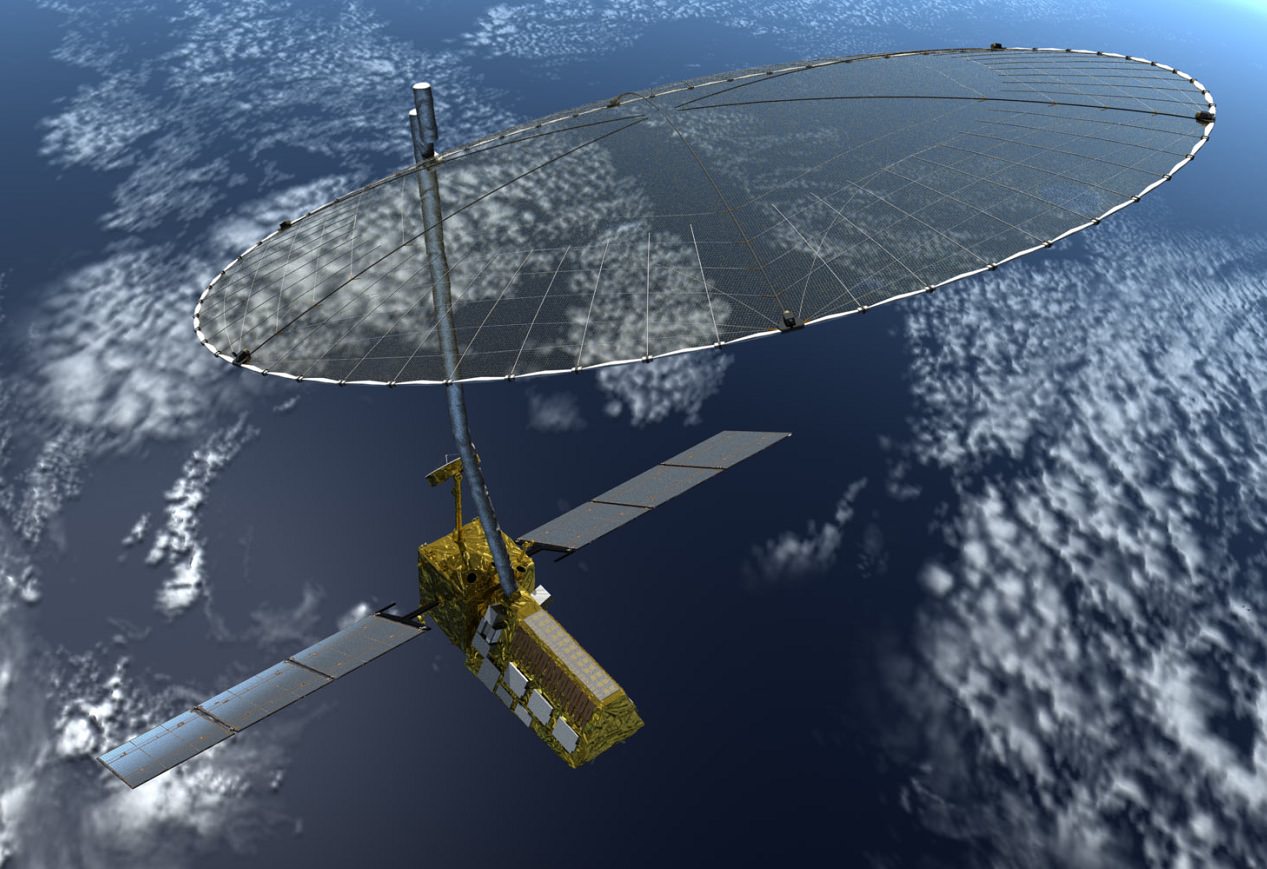

The NASA-ISRO Synthetic Aperture Radar (NISAR) mission, targeted to launch in 2020, will make global measurements of the causes and consequences of a variety of land surface changes on Earth. Image Credit: NASA
ISRO and NASA have inked a deal to collaborate on future missions to jointly explore the Red Planet and our Home Planet hot on the heels of ISRO’s wildly successful Mars Orbiter Mission (MOM), India’s first ever interplanetary voyager to explore Mars.
NASA Administrator Charles Bolden and K. Radhakrishnan, chairman of the Indian Space Research Organisation (ISRO), signed an agreement to collaborate on future science missions to explore Mars as well as to build and launch a joint NASA-ISRO mission to observe Earth.
The leaders of NASA and ISRO met in Toronto, Canada on Tuesday, Sept. 30 and “signed two documents to launch a NASA-ISRO satellite mission to observe Earth and establish a pathway for future joint missions to explore Mars,” according to a NASA statement.
Bolden and Rao met at the International Astronautical Congress underway in Toronto.
They signed one agreement defining each agency’s responsibilities for the joint NASA-ISRO Synthetic Aperture Radar (NISAR) mission, targeted to launch in 2020. NISAR will make global measurements of the causes and consequences of land surface changes.
The second agreement “establishes a NASA-ISRO Mars Working Group to investigate enhanced cooperation between the two countries in Mars exploration.”
“The signing of these two documents reflects the strong commitment NASA and ISRO have to advancing science and improving life on Earth,” said NASA Administrator Charles Bolden, in a NASA statement.
“This partnership will yield tangible benefits to both our countries and the world.”
NISAR will be the first Earth observing mission to be equipped two different synthetic aperture radar (SAR) frequencies (L-band and S-band) – one each from NASA and ISRO.
NASA will also provide “the high-rate communication subsystem for science data, GPS receivers, a solid state recorder, and a payload data subsystem.”
ISRO will provide the spacecraft bus and launch vehicle.
The radars will be able to measure subtle changes in Earth’s surface of less than a centimeter across stemming from the flow of glaciers and ice sheets as well as earthquakes and volcanoes.
Regarding Mars, the first subject the joint working group will tackle will be to coordinate observations from each nation’s recently arrived Mars orbiters – ISRO’s MOM and NASA’s MAVEN. They will also examine areas of future collaboration on surface rovers and orbiters.
“NASA and Indian scientists have a long history of collaboration in space science,” said John Grunsfeld, NASA Associate Administrator for Science.
“These new agreements between NASA and ISRO in Earth science and Mars exploration will significantly strengthen our ties and the science that we will be able to produce as a result.”
Stay tuned here for Ken’s continuing Earth and planetary science and human spaceflight news.
Some exoplanets have characteristics totally alien to our Solar System. Hot Jupiters are one such…
Stars form in Giant Molecular Clouds (GMCs), vast clouds of mostly hydrogen that can span…
Let’s dive into one of those cosmic curiosities that's bound to blow your mind: how…
The majority of the universe remains unmapped, but we have a potential window into it…
NASA engineers are pressing ahead with preparations for the Artemis II mission unless someone tells…
It’s not uncommon for space missions to be tested here on planet Earth. With the…